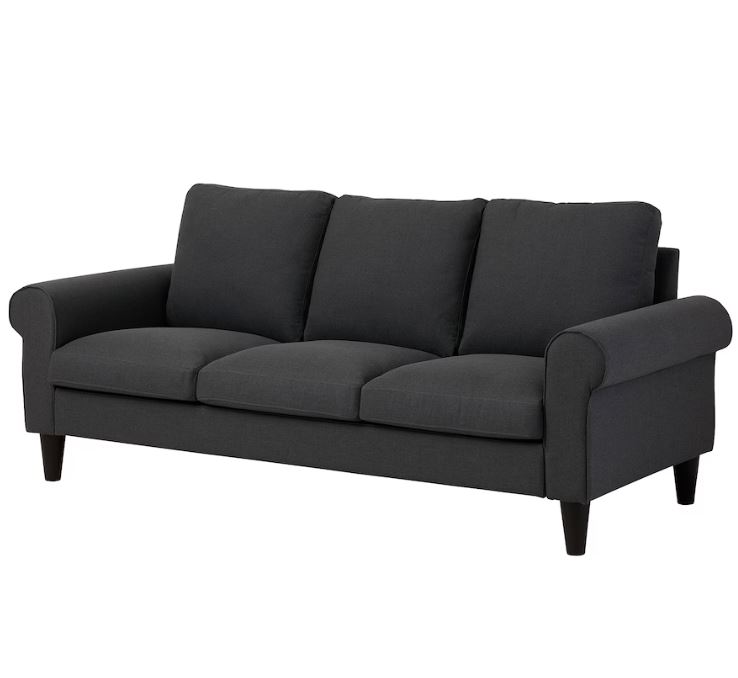DIY Sofa Repair Tips You Must Know

A broken sofa repair can be a total bummer. It takes up space in your living room, costs a lot to repair and may even come with the risk of further damage if you don’t know what you’re doing. Thankfully, there are some DIY tips out there that can help you save big bucks on repairs and make your sofa look as good as new. In this blog post, we will explore seven DIY sofa repair tips that will help you make quick fixes and keep your couch looking fresh for years to come. From fabric tears to cushion replacements and more, read on for everything you need to know about DIY sofa repair.
The Purpose of Sofa Repair
The most common reason for sofa repair is because of wear and tear. The fabric on your sofa can start to show signs of wear and tear after years of use, or it may be damaged by pets or spills. Whatever the reason, it’s important to know how to repair a sofa so that it looks its best.
There are a few different ways that you can go about repairing your sofa. You can either attempt to fix the damage yourself, or you can take it to a professional upholsterer. If you decide to fix the damage yourself, there are a few things that you need to keep in mind. First, you need to make sure that the area is clean and dry before you start any repairs. Second, you need to choose the right type of adhesive for the job. Third, you need to be very careful when applying the adhesive so that you don’t end up making the damage worse.
Different Types of Sofa Repair
Sofas are considered the most important pieces of furniture. They provide comfort and relaxation after a long day, and they can be the centerpieces of our living rooms. So when they start to show signs of wear and tear, it’s important to know how to repair them.
There are many different types of sofa repair, and the best way to fix your sofa will depend on the type of damage that has been done. Here are some of the most common types of sofa repair:
Cushion Replacement: This is one of the most common types of sofa repair. If your sofa cushions are starting to sag or show signs of wear, you can replace them with new ones. You’ll need to measure the cushions and order new ones that are the same size. Then, you’ll need to remove the old cushions and replace them with the new ones.
Frame Repairs: Another common type of sofa repair is frame repairs. If your sofa frame is starting to creak or wobble, you may need to have it repaired. This usually involves tightening screws or replacing parts of the frame.
Leather Repairs: If your sofa is made of leather, you may eventually need to have it repaired due to wear and tear. The most common type of leather repair is patching holes or tears in the leather. You can also buy a leather conditioner to help keep your sofa looking its best.
These are just a few of the types of sofa repairs!






